DIY Wall Decor Idea: Making a Paper Flower Wall
Are you tired of staring at plain, boring walls? Do you want to add a splash of creativity and color to your home decor without breaking the bank? If so, you’re in for a treat! In this article, we’ll explore the exciting world of crafting a stunning paper flower wall. This project not only allows you to express your artistic side but also transforms any room into a vibrant oasis. Imagine walking into a space where flowers bloom in every hue, all made from paper! Sounds dreamy, right? Let’s dive into the creative process, starting with the materials you’ll need.
Gathering the right materials is essential for creating a beautiful paper flower wall. You’ll need a few basic supplies, but don’t worry—they're easy to find and often inexpensive! Here’s what you’ll need:
- Types of Paper: Choose a variety of paper types to achieve different textures and colors. Think about crepe paper for softness, cardstock for sturdiness, and tissue paper for a delicate touch.
- Scissors: A good pair of scissors is crucial for cutting your flowers into the desired shapes.
- Glue: Hot glue or a strong craft glue will work best to secure your flowers together.
- Decorative Elements: Consider embellishments like glitter, beads, or ribbons to enhance your floral creations.
With these materials in hand, you’re ready to unleash your creativity and bring your paper flower wall to life!
Different types of paper yield distinct textures and colors for your flowers, impacting the overall aesthetic of your wall. Let’s explore some popular options:
- Crepe Paper: This is a favorite for its flexibility and ability to hold shapes well. It’s perfect for creating realistic petals.
- Cardstock: Sturdy and available in various colors, cardstock is great for making bold, structured flowers.
- Tissue Paper: Light and airy, tissue paper can create whimsical, delicate flowers that add a soft touch to your decor.
Choosing the right paper can make a significant difference in the final design, so consider experimenting with different types to see what resonates with your style!
Selecting a cohesive color palette is vital for a harmonious look. Think of your wall as a canvas where colors tell a story. Here are a couple of approaches to consider:
Monochromatic schemes can create a sophisticated and elegant look. By using different shades of a single color, you can achieve a stunning effect. Imagine a wall adorned with various shades of blue, from deep navy to soft sky blue, creating a soothing atmosphere. This approach is not only visually appealing but also easy to coordinate with existing decor.
On the other hand, using contrasting colors can add vibrancy and excitement to your wall decor. Picture a bold combination of bright yellow and deep purple—this dynamic energy can transform a dull space into a lively one! Experiment with color wheels to find combinations that pop and create striking visual interest.
Now that you’ve chosen your materials and colors, it’s time to dive into the fun part—crafting your flowers! There are various techniques you can use to create different flower styles and sizes:
- Folding: This technique can create layered petals, adding depth and dimension to your flowers.
- Cutting: Experiment with various shapes and sizes to create unique floral designs.
- Shaping: Don’t be afraid to mold and shape your flowers to give them a more realistic appearance.
With these techniques, the only limit is your imagination! So grab your scissors and let’s get crafting!
Assembling your paper flowers into a cohesive wall display requires planning and creativity. Start by laying out your flowers on the floor to visualize your arrangement. This step allows you to adjust and rearrange until you find the perfect look. Once you’re satisfied, it’s time to adhere your flowers to the wall.
Exploring different layout ideas can inspire your design. Here are a few creative ways to position your flowers:
- Clustered Arrangements: Group flowers together for a bold statement.
- Cascading Styles: Create a waterfall effect by arranging flowers in a downward flow.
- Scattered Patterns: Spread flowers evenly across the wall for a playful look.
Choose a layout that resonates with your style and the vibe you want to create in your space!
Properly securing your flowers is essential for a lasting display. You can use hot glue for a strong hold, or consider using removable adhesive strips if you want the option to adjust your flowers later. Make sure to press firmly and allow the glue to set before moving on to the next flower. This attention to detail will ensure that your paper flower wall remains stunning for a long time!
Q: How long will the paper flower wall last?
A: With proper care, your paper flower wall can last for years! Keep it away from direct sunlight to prevent fading.
Q: Can I use recycled paper for this project?
A: Absolutely! Recycled paper can add a unique touch and is an eco-friendly choice.
Q: How do I clean my paper flower wall?
A: Gently dust with a soft cloth or use a can of compressed air to remove dust without damaging the flowers.
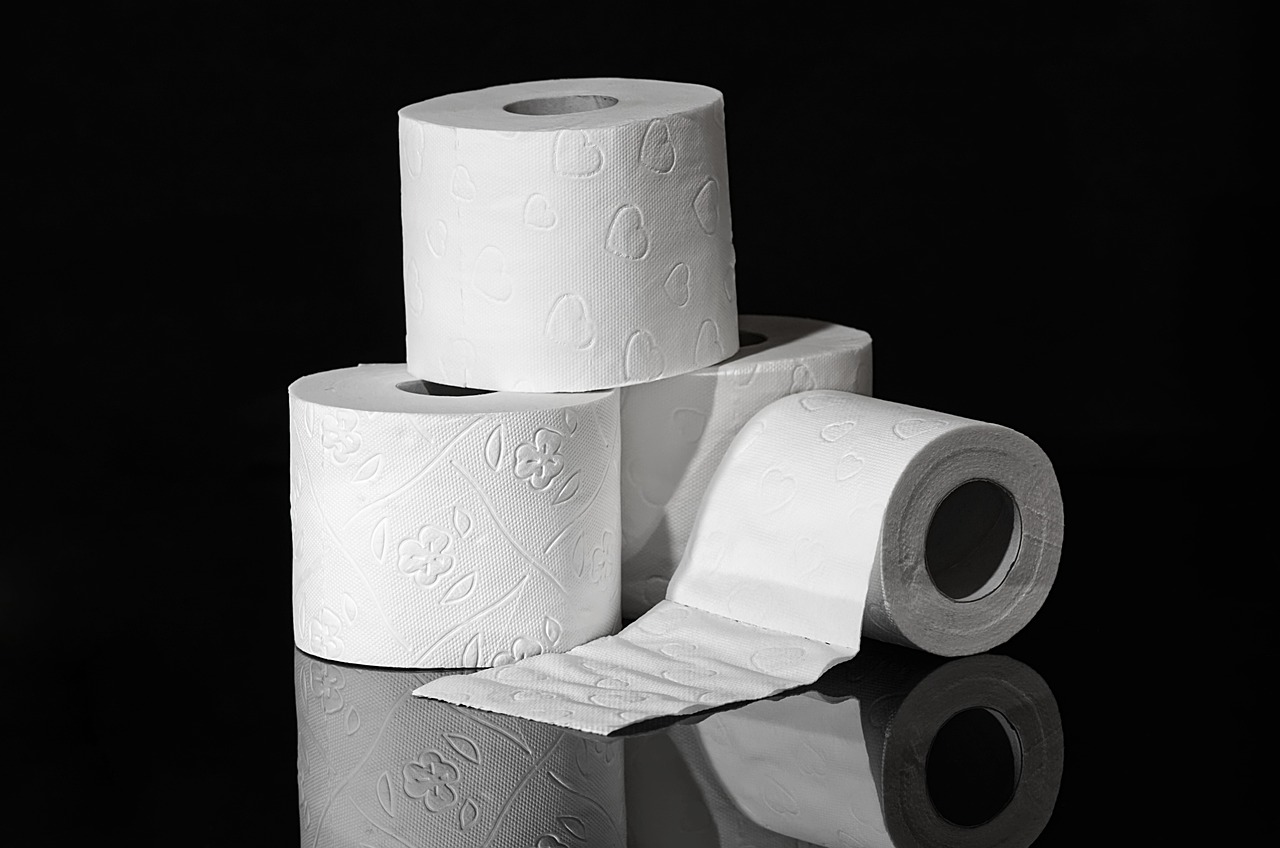
Materials Needed
Creating a breathtaking paper flower wall is not only a fun project but also a fantastic way to express your creativity and enhance your living space. To embark on this artistic journey, you'll need to gather a few essential materials that will make the process smooth and enjoyable. First and foremost, you'll require different types of paper, as the texture and color will significantly impact the overall look of your flowers. Here’s a quick rundown of the materials you’ll need:
- Crepe Paper: This paper is stretchy and has a lovely texture, making it perfect for creating realistic flower petals.
- Cardstock: Sturdy and vibrant, cardstock is ideal for more structured flowers that need a bit of support.
- Tissue Paper: Soft and lightweight, tissue paper can create delicate and whimsical flowers that add a touch of elegance.
- Scissors: A good pair of scissors is essential for cutting your paper into the desired shapes and sizes.
- Glue: You’ll need a strong adhesive, such as hot glue or craft glue, to secure your flowers together and attach them to the wall.
- Floral Wire: This is optional but can be useful for adding structure to your flowers or creating stems.
- Decorative Items: Consider embellishments like glitter, beads, or sequins to give your flowers a unique flair.
Once you have all your materials ready, the real fun begins! The beauty of this project lies in the variety of options you have at your disposal. You can mix and match different types of paper to create a stunning visual effect that reflects your personal style. For instance, pairing vibrant cardstock with soft tissue paper can create a beautiful contrast that draws the eye. Don't forget to set aside some time for this project, as the more you invest in crafting your flowers, the more stunning your final display will be.
As you gather your supplies, think about the space where you plan to hang your paper flower wall. This consideration will help you determine how many flowers you’ll need and what size they should be. If you're working with a larger wall, you might want to create a mix of large and small flowers to add depth and interest. On the other hand, a smaller area might benefit from a more clustered arrangement of medium-sized flowers. The key is to visualize your design before you start cutting and gluing.
In summary, having the right materials is essential for crafting a beautiful paper flower wall. Make sure to choose papers that resonate with your aesthetic and complement your home decor. With a little creativity and the right supplies, you'll be well on your way to transforming your wall into a vibrant floral masterpiece!
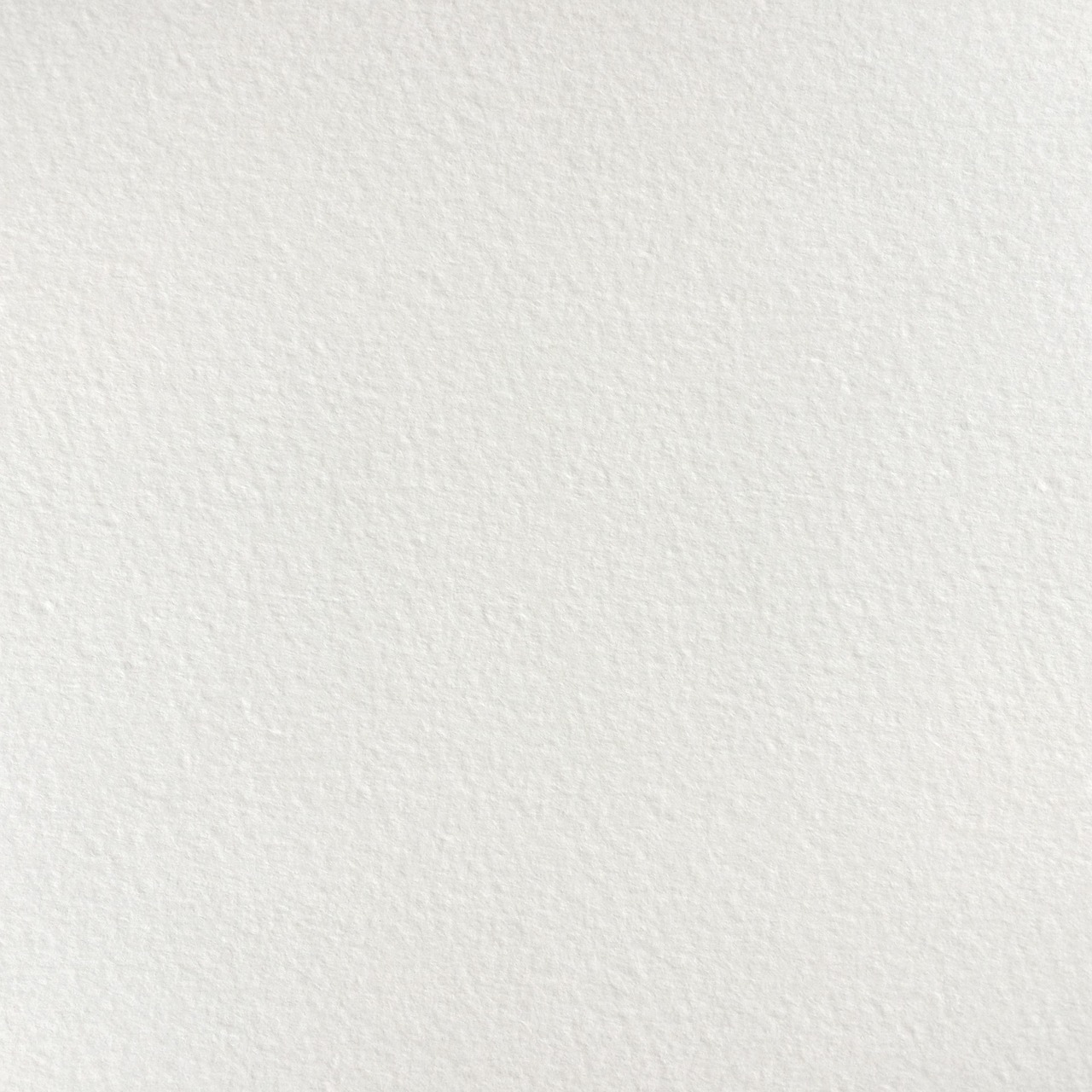
Choosing the Right Paper
When it comes to creating your stunning paper flower wall, is crucial. The type of paper you select can dramatically affect the overall look and feel of your flowers. Think of it like choosing the right fabric for a dress; the texture, weight, and color all play a significant role in the final outcome. So, what are your options? Let's dive into some popular choices!
First up, we have crepe paper. This is a favorite among crafters for its ability to stretch and hold shape, making it perfect for creating realistic petals. The subtle texture adds depth to your flowers and gives them a more organic feel. If you're aiming for a lifelike appearance, crepe paper is your best friend.
Next is cardstock, which is thicker and sturdier than most papers. This option is fantastic for creating bold, structured flowers that stand out. With its smooth surface, cardstock allows for crisp edges and clean cuts, making it ideal for intricate designs. However, keep in mind that it can be a bit more challenging to manipulate than softer papers.
Then we have tissue paper, which is lightweight and comes in a myriad of colors. Tissue paper can create delicate, airy flowers that are perfect for a whimsical touch. It’s great for layering, allowing you to experiment with different colors and textures. Just be careful with how you handle it, as it can tear easily!
Here’s a quick comparison of these paper types:
| Paper Type | Texture | Best For |
|---|---|---|
| Crepe Paper | Stretchy, textured | Realistic petals |
| Cardstock | Thick, sturdy | Structured flowers |
| Tissue Paper | Lightweight, soft | Delicate, airy designs |
Ultimately, the choice of paper will depend on your personal style and the effect you want to achieve. Don’t be afraid to mix and match! Combining different types of paper can add an exciting dimension to your flower wall. Imagine the contrast of sturdy cardstock flowers surrounded by delicate tissue paper blooms—now that’s a visual feast!
As you select your materials, also consider the colors. The right paper can enhance your design, making your flower wall a true statement piece in your home. So, get creative and have fun experimenting with various textures and colors. After all, this is your chance to express your unique style!
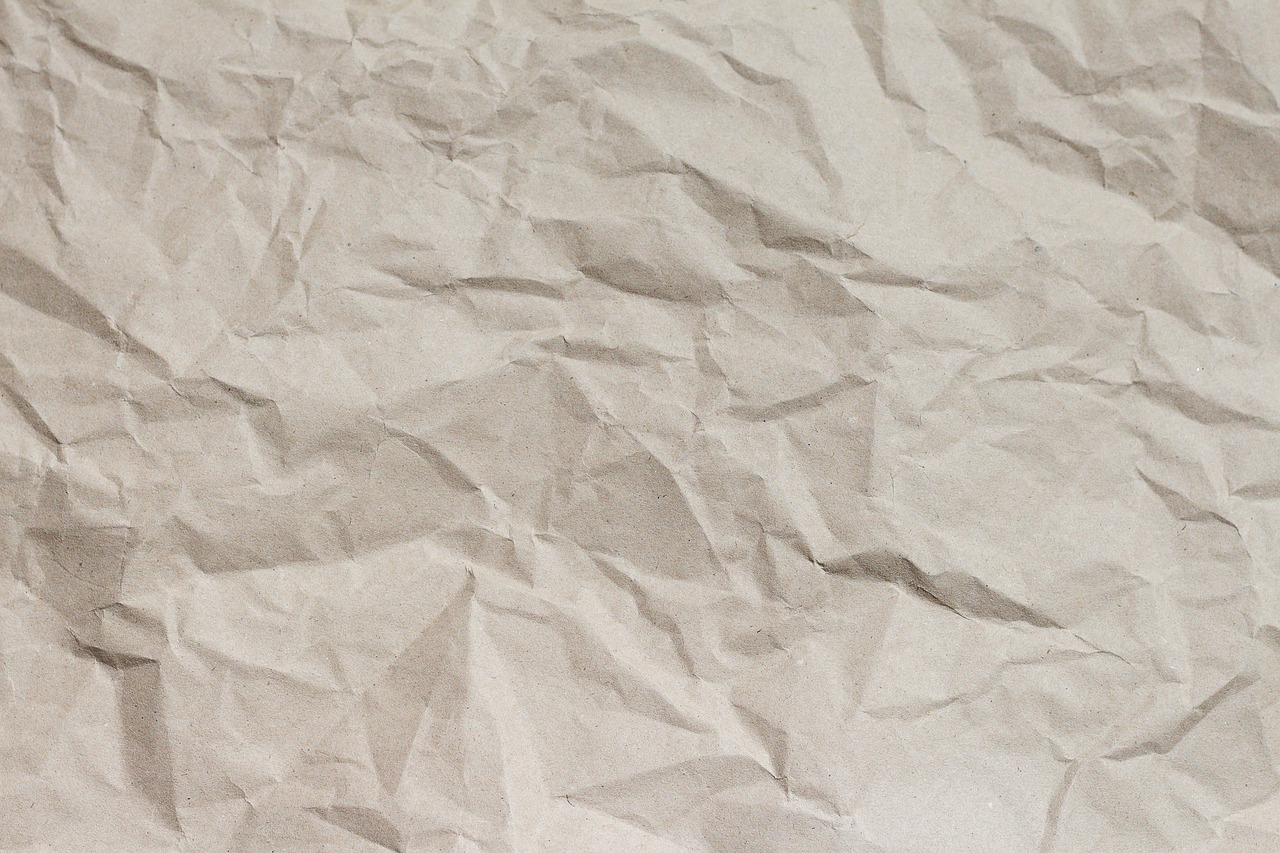
Color Palette Selection
Choosing the right color palette for your paper flower wall is crucial in creating a harmonious and visually appealing display. Think of your wall as a blank canvas, and the colors you select as the paint that will bring it to life. You want to create a space that not only reflects your personality but also complements the existing decor in your home. So, how do you choose those perfect colors? Start by considering the mood you want to evoke. Do you want a calm, serene atmosphere? Or perhaps something vibrant and energetic? The colors you choose can significantly influence the ambiance of the room.
One effective method for selecting a color palette is to use the 60-30-10 rule. This design principle suggests that you should use 60% of a dominant color, 30% of a secondary color, and 10% of an accent color. This approach ensures balance and prevents any one color from overwhelming the others. For example, if you choose soft pastels as your dominant color, you might pair it with a slightly darker shade for contrast and a bold color for accents to make your flowers pop.
Additionally, consider using color swatches to visualize how different colors work together. You can create a small board with paper samples to see how they look in natural light and against your wall. This can help you avoid any surprises when it comes time to assemble your flowers. Remember, the key is to aim for a cohesive look, so make sure the colors you choose not only stand out but also complement each other.
When it comes to selecting colors, you might also want to explore the concept of color theory. Understanding the basics of complementary and analogous colors can greatly enhance your design. Complementary colors are those that are opposite each other on the color wheel, such as blue and orange. Using these can create a striking contrast that draws the eye. On the other hand, analogous colors are next to each other on the wheel, like blue, blue-green, and green, which can create a more serene and cohesive look.
In summary, selecting the right color palette for your paper flower wall is about more than just picking pretty colors. It involves understanding how they interact, the mood they create, and how they fit within your overall decor. With some thoughtful planning and creativity, you can create a stunning display that enhances your space and showcases your personal style.
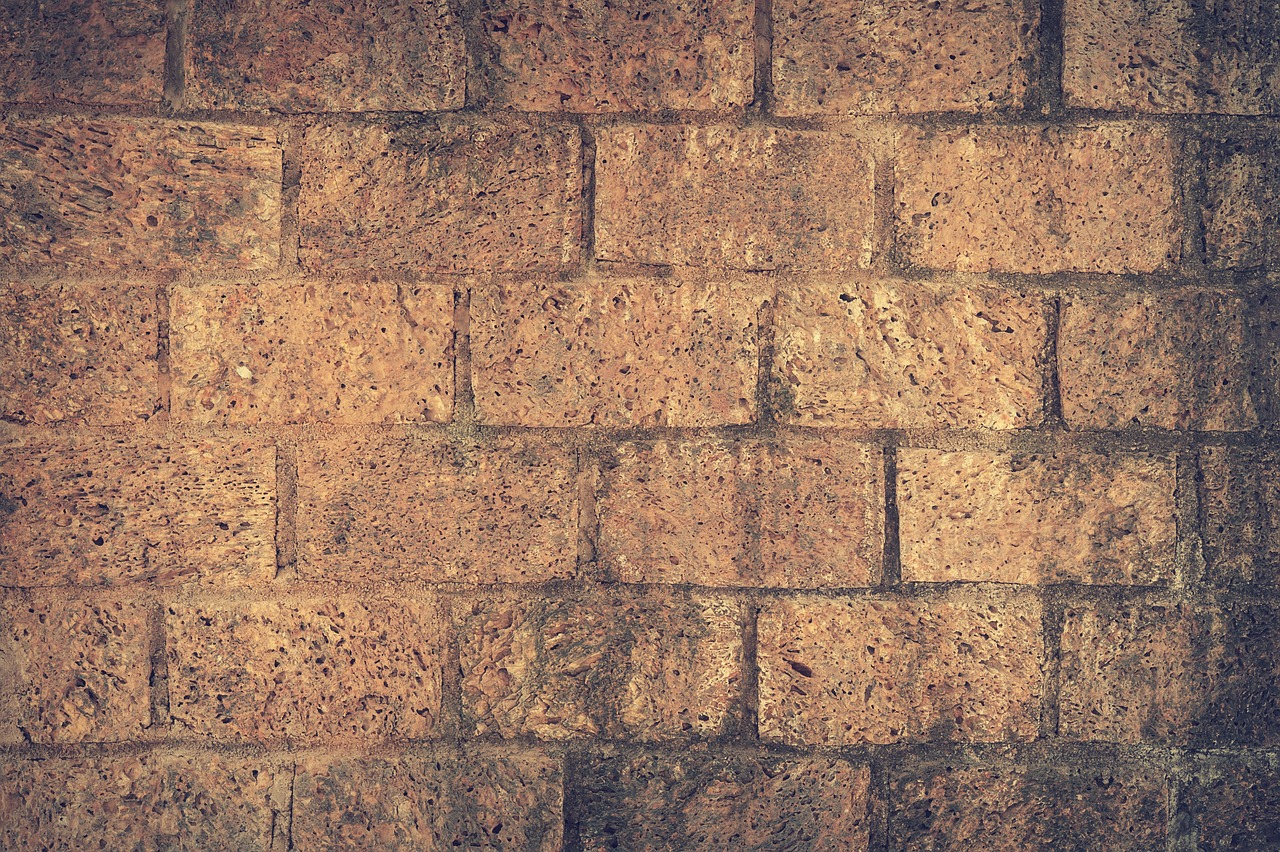
Monochromatic Schemes
When it comes to creating a stunning paper flower wall, can truly elevate your design to a whole new level. Imagine walking into a room and being greeted by a breathtaking display of flowers, all in varying shades of a single color. It's like stepping into a dream where everything is harmoniously blended, creating a sense of calm and elegance. This approach not only simplifies your color choices but also allows you to play with textures and shapes, making your wall decor both visually appealing and sophisticated.
One of the key advantages of a monochromatic scheme is its ability to create depth and interest without overwhelming the senses. For instance, if you choose a color like soft pink, you can incorporate different shades ranging from pale blush to deep rose. Each flower can be crafted to showcase these variations, adding layers to your arrangement. The result? A striking yet cohesive look that draws the eye and invites admiration.
To effectively implement a monochromatic scheme, consider the following tips:
- Choose Your Base Color: Start with a color that resonates with your personal style and complements your existing decor. This will serve as the foundation for your flower wall.
- Experiment with Shades: Don’t be afraid to mix lighter and darker tones of the same color. This contrast will bring your flowers to life and add dimension to your wall.
- Incorporate Textures: Use different types of paper to create various textures. For example, combining smooth cardstock with crinkled crepe paper can enhance the visual appeal of your flowers.
As you craft your flowers, keep in mind the arrangement. Grouping flowers of similar shades together can create a beautiful gradient effect that flows seamlessly across your wall. Alternatively, you can scatter different shades throughout the display for a more dynamic look. The beauty of a monochromatic scheme lies in its versatility—whether you prefer a structured layout or a more organic feel, you can achieve stunning results.
In conclusion, a monochromatic scheme is not just a design choice; it’s an opportunity to express your creativity and style. By focusing on a single color, you can create a paper flower wall that is both elegant and timeless. So gather your materials, unleash your imagination, and let your floral masterpiece bloom!
- What is a monochromatic scheme? A monochromatic scheme involves using different shades, tones, and tints of a single color to create a cohesive and harmonious look in your decor.
- Can I use different types of paper for a monochromatic flower wall? Absolutely! Mixing textures like crepe and cardstock can enhance the depth and interest of your flower display.
- How do I choose the right color for my flower wall? Consider your existing decor and personal preferences. Choose a color that resonates with you and complements your space.
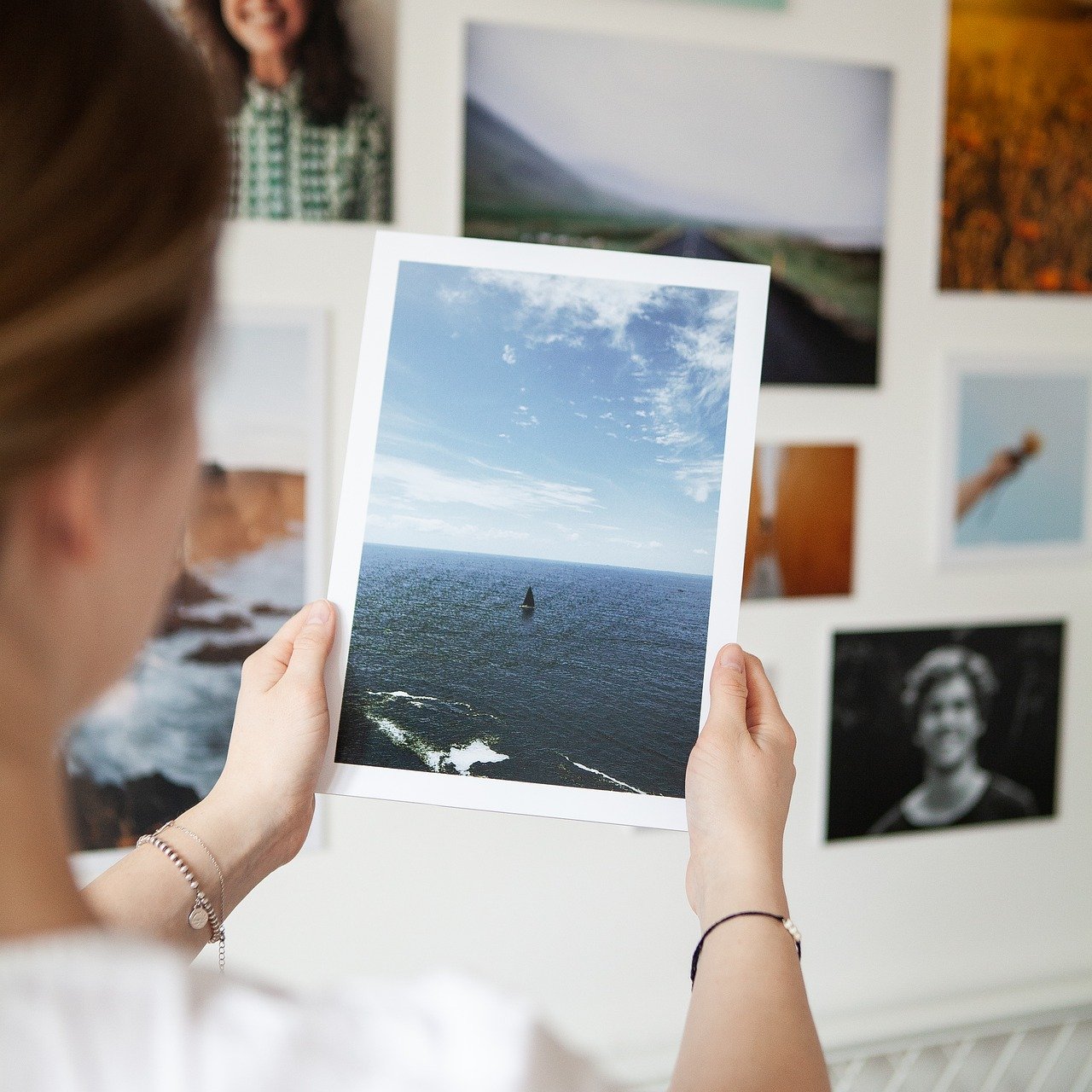
Contrasting Colors
When it comes to creating a paper flower wall that truly **pops**, using contrasting colors is a game-changer. Imagine walking into a room where vibrant hues clash in the most delightful way, instantly drawing your eyes to the stunning array of flowers. This technique doesn’t just add **visual interest**; it infuses your space with a sense of **energy and excitement** that can transform an ordinary wall into an extraordinary focal point. Think of it as a vibrant painting, where each color plays off the other, creating a dynamic and engaging composition.
To achieve this effect, consider pairing colors that sit opposite each other on the color wheel. For example, **blue and orange** or **purple and yellow** can create a striking contrast that feels both bold and balanced. When selecting your paper, opt for shades that are not only bright but also complement each other in terms of saturation and tone. A **deep navy blue** can be beautifully offset by a **bright coral**, creating a stunning visual dialogue that captivates anyone who enters the room.
Here’s a quick breakdown of some effective contrasting color combinations you might consider:
| Color Pairing | Effect |
|---|---|
| Blue & Orange | Vibrant and energetic |
| Purple & Yellow | Playful and cheerful |
| Red & Green | Bold and festive |
| Pink & Teal | Modern and fresh |
When assembling your flowers, think about how these contrasting colors can be arranged to create a **dynamic flow**. You might cluster a few flowers of one color together, interspersed with those of a contrasting hue. This not only creates a sense of rhythm but also allows each flower to stand out, making your wall decor look both intentional and artistic. Remember, the key is to balance the colors so that they enhance rather than overwhelm each other.
Lastly, don’t shy away from experimenting! Sometimes, the most unexpected combinations yield the most stunning results. Grab some scraps of paper, play around with different pairings, and see what speaks to your personal style. After all, your paper flower wall is a reflection of you, so let your creativity shine through with bold contrasts that make a statement!
- Q: How do I choose the right contrasting colors for my paper flower wall?
A: Look at a color wheel to find complementary colors, or experiment with different shades to see what combinations resonate with your style. - Q: Can I mix different types of paper for my flowers?
A: Absolutely! Mixing textures can add depth to your design, making the flowers even more visually appealing. - Q: How can I ensure my paper flowers stay secure on the wall?
A: Use strong adhesive or mounting tape, and consider placing heavier flowers at the bottom for added stability.
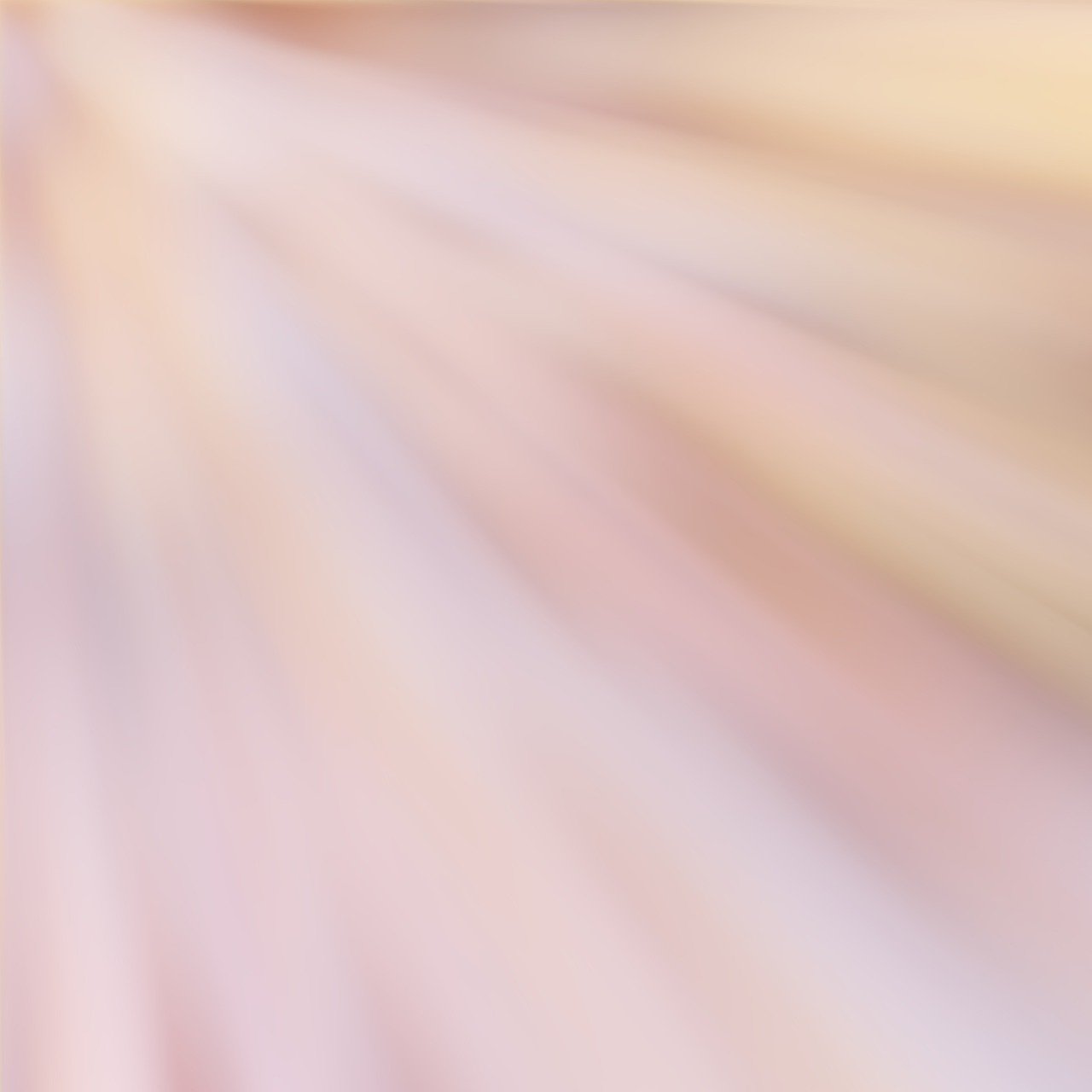
Flower Design Techniques
Creating stunning paper flowers is not just about cutting and gluing; it's an art form that involves various design techniques to bring your vision to life. Whether you're a seasoned crafter or just starting, mastering these techniques will elevate your paper flower wall to new heights. One of the fundamental methods is folding. By folding your paper in different ways, you can create petals that mimic the natural curves and shapes of real flowers. For instance, a simple accordion fold can give your petals a layered effect, while a spiral fold can create a beautiful rose-like bloom.
Another essential technique is cutting. The way you cut your petals can significantly affect the overall look of your flowers. For a more organic feel, try using jagged edges or scalloped cuts. This will add texture and depth to your flowers, making them look more lifelike. On the other hand, if you're going for a modern aesthetic, clean, straight cuts can create a sleek and minimalistic look. Don't forget to experiment with different shapes and sizes; a variety of petal designs can add visual interest to your wall display.
Shaping your flowers is yet another crucial aspect. After cutting your petals, consider how you will shape them. You can gently curve the edges of your petals using a pencil or a curling tool to give them a more three-dimensional appearance. This technique is particularly effective for flowers like daisies or lilies, where the petals naturally flare out. Additionally, layering petals on top of one another can create a fuller flower, adding to the overall impact of your wall decor.
To help you visualize these techniques, here’s a quick table summarizing the key methods:
| Technique | Description | Effect |
|---|---|---|
| Folding | Creating layers and curves in petals | Adds depth and realism |
| Cutting | Using various edge styles and shapes | Enhances texture and design |
| Shaping | Curving and layering petals | Creates a three-dimensional look |
Lastly, let’s not forget about the importance of coloring your paper flowers. Using markers, paints, or even colored pencils can add an extra layer of creativity. By blending colors or adding highlights, you can create a stunning visual effect that will make your flowers pop. So, gather your materials, unleash your creativity, and let these design techniques guide you in crafting a breathtaking paper flower wall that will amaze anyone who sees it!
- What type of paper is best for making paper flowers? Crepe paper is often recommended due to its flexibility and texture, but cardstock and tissue paper can also work well.
- How long does it take to make a paper flower wall? The time required depends on the complexity and number of flowers, but a weekend is usually sufficient for a beautiful display.
- Can I reuse the flowers for different occasions? Absolutely! With proper care, your paper flowers can be reused and rearranged for various events and seasons.
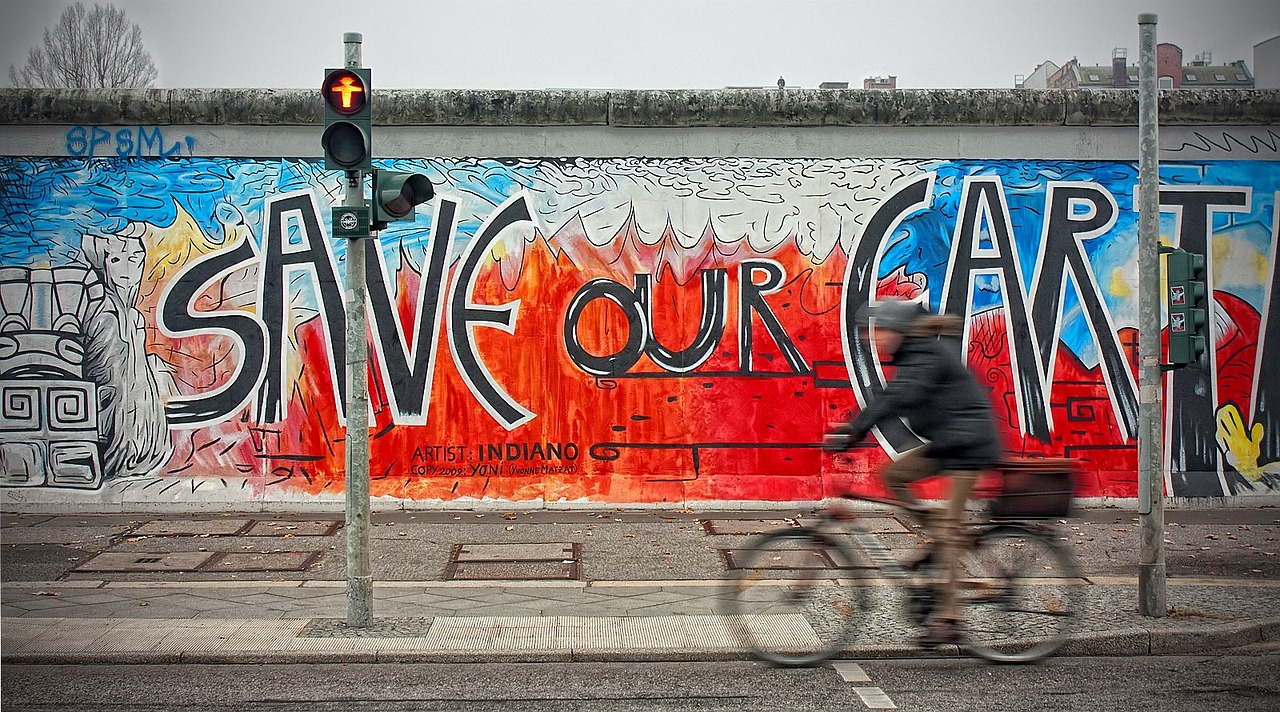
Assembly Process
Assembling your paper flowers into a cohesive wall display is where the magic truly happens! It's not just about sticking flowers to the wall; it’s about creating a visual story that reflects your personality and style. Before diving into the assembly, take a moment to plan your layout. Imagine how the flowers will flow across the wall, considering factors such as height, color distribution, and overall balance. A well-thought-out arrangement can transform a simple wall into a breathtaking focal point in your space.
To begin the assembly process, gather your crafted paper flowers, adhesive, and any additional decorations you've chosen. A good adhesive is crucial; hot glue is often the go-to for its quick setting time, but double-sided tape can also work wonders for lighter flowers. Start by laying out your flowers on the floor or a large table to visualize the arrangement before committing to the wall. This step is essential, as it allows you to rearrange flowers without any mess.
When you’re happy with your layout, it’s time to start attaching the flowers to the wall. Begin with the larger flowers as they will serve as the anchor points of your design. Place them strategically to create a sense of depth and dimension. For example, you might want to cluster a few large flowers together in one area while spreading smaller ones around to create balance. As you secure each flower, press firmly to ensure they adhere well to the wall surface.
In addition to the flowers, consider incorporating some greenery or filler elements to enhance the overall look. Leaves or vines made from paper can add texture and complexity to your design. You can create a stunning cascading effect by allowing some flowers to hang lower than others, which adds a dynamic touch to your wall decor.
Here’s a quick overview of the assembly steps:
- Plan your layout: Arrange flowers on the floor before attaching them to the wall.
- Start with larger flowers: Secure them first to create focal points.
- Add filler elements: Incorporate greenery for added texture.
- Adjust as needed: Don’t hesitate to move flowers around until you achieve the desired look.
Lastly, remember that your paper flower wall is a living piece of art. Feel free to change it up from time to time! You can swap out flowers or even add new ones to keep your decor fresh and exciting. This flexibility not only allows you to adapt your decor to the seasons but also ensures that your creative spirit continues to shine through your home.
Q1: How long will my paper flower wall last?
A: With proper care, your paper flower wall can last for years. Avoid placing it in direct sunlight to prevent fading, and dust it occasionally to keep it looking fresh.
Q2: Can I use other materials besides paper?
A: Absolutely! While paper is the most common material for flower crafting, you can also experiment with fabric, felt, or even recycled materials for a unique twist.
Q3: What if I want to change the layout after it's been assembled?
A: No worries! If you’ve used removable adhesive, you can gently peel off the flowers and rearrange them. Just be cautious to avoid damaging the wall or the flowers.
Q4: How do I store my paper flowers if I want to take them down?
A: Store your paper flowers in a dry, cool place, ideally in a flat box to prevent bending. You can also wrap them in tissue paper for added protection.
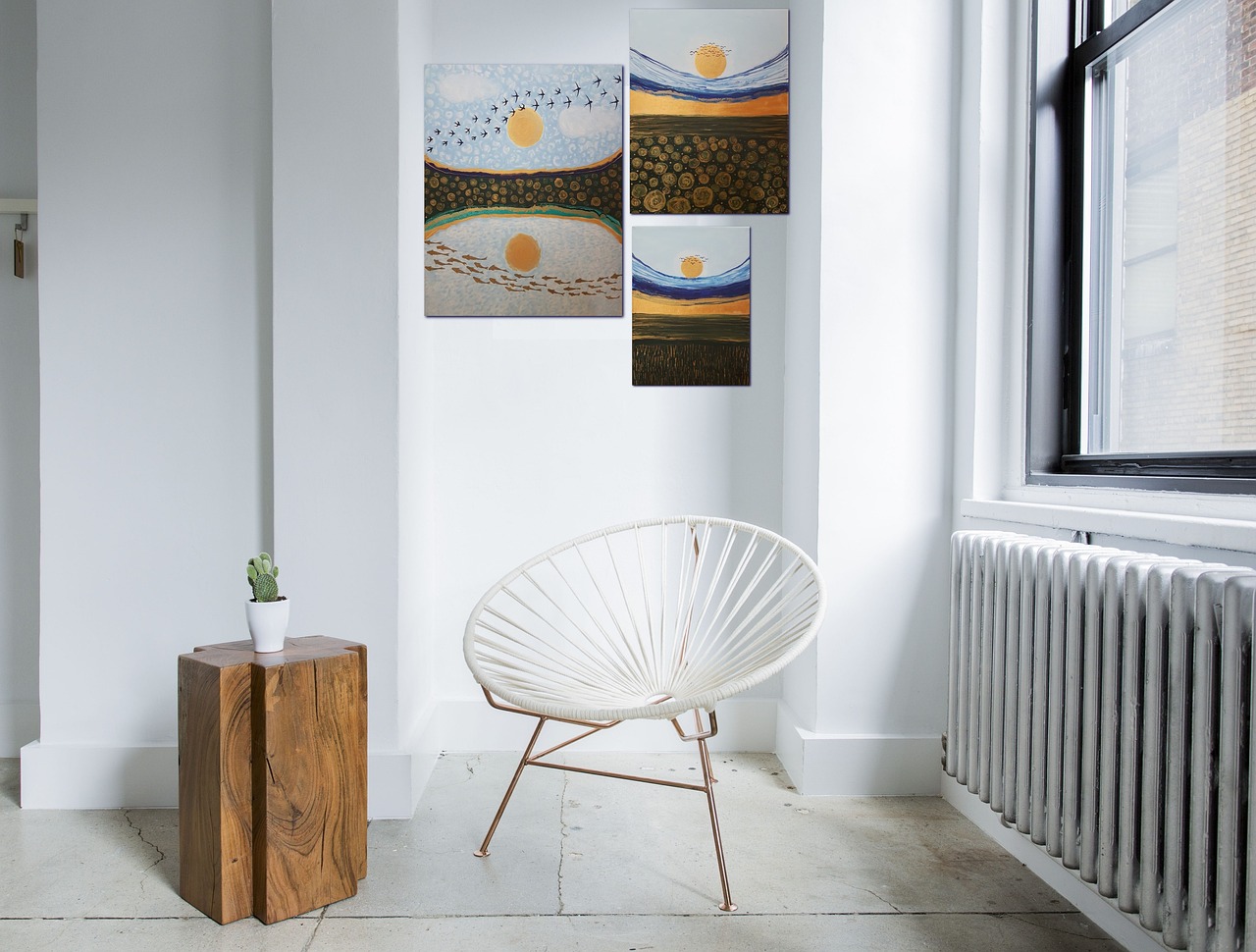
Layout Ideas
When it comes to creating your paper flower wall, the layout is just as important as the flowers themselves. The way you arrange your flowers can dramatically influence the overall impact of your decor. Imagine walking into a room where the walls are adorned with vibrant blooms that draw your eye and lift your spirits. Sounds delightful, right? Let’s explore some creative layout ideas that will help you achieve that stunning effect.
One popular approach is the clustered arrangement. This method involves grouping flowers together in small clusters, which can create a sense of depth and interest. Think of it like a garden where flowers grow in bunches, creating a lively and natural look. You can vary the sizes of the clusters to add dimension, placing larger flowers in the center and surrounding them with smaller ones. This not only creates visual interest but also allows you to showcase different flower styles and colors.
Another exciting option is the cascading style. This layout mimics the look of a waterfall, where flowers appear to flow down the wall. To achieve this, start at the top of your wall and arrange larger blooms at the top, gradually transitioning to smaller flowers as you move downward. This creates a beautiful gradient effect that draws the eye downwards, making it perfect for taller walls or spaces where you want to create a sense of movement.
If you're looking for something more structured, consider a grid layout. This involves arranging your flowers in a neat, organized pattern, which can be particularly striking in modern decor. Use a ruler to mark out where each flower will go, ensuring that they are evenly spaced. This method works wonderfully with a monochromatic color scheme, as the uniformity of the layout allows the beauty of the flowers to shine through without distractions.
For a more whimsical touch, you might try a freeform layout. This style allows for creativity and spontaneity, as you can place flowers wherever you feel they fit best. It’s like painting a canvas with flowers! Just be mindful of balance; you don’t want one side to feel heavier than the other. A good rule of thumb is to step back occasionally and assess your work from a distance, ensuring that the arrangement feels harmonious.
As you think about your layout, consider the wall space you’re working with. Is it a large, open area, or a small, cozy nook? Different spaces may call for different arrangements. For example, in a small space, a compact cluster might be more effective, while larger walls can handle more expansive designs. Don’t forget to think about the height at which you’re placing your flowers. Eye-level arrangements tend to be more engaging, so aim to position your flowers within the viewer’s line of sight.
Lastly, remember that your layout can evolve over time. You might find that you want to change things up after a few months, and that’s perfectly fine! The beauty of a paper flower wall is that it’s a flexible and dynamic form of decor. Feel free to experiment with new arrangements, swap out colors, or even add new flowers as your style evolves. Your wall can be a living, breathing piece of art that reflects your personality and creativity.
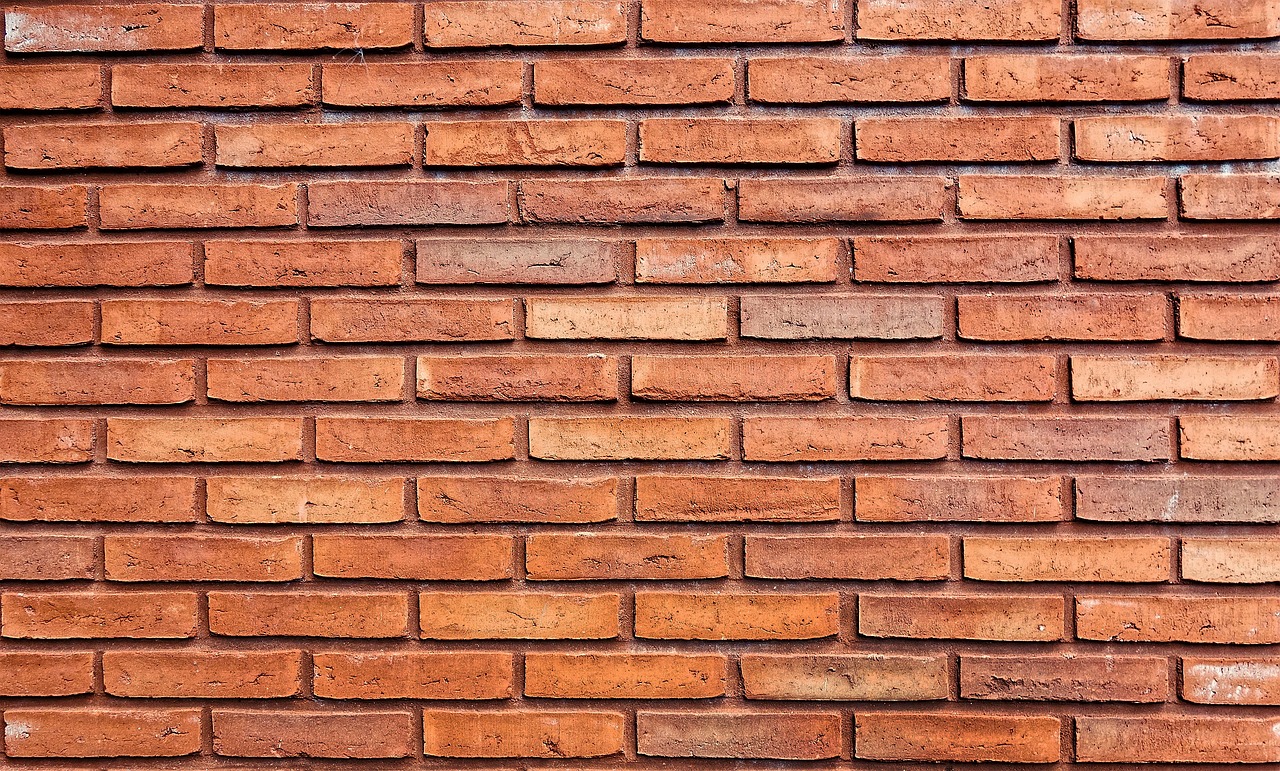
Securing Your Flowers
Once you’ve crafted your stunning paper flowers, the next step is to ensure they’re securely attached to your wall. This process is crucial because you want your beautiful creation to remain intact and vibrant for as long as possible. There are several methods to consider, each with its own benefits. The right choice often depends on the weight of your flowers and the type of wall surface you’re working with. Let's dive into the best options for securing your flowers effectively.
First, you might want to consider using double-sided tape. This method is fantastic for lightweight flowers, as it provides a clean look without visible adhesive. Simply cut small pieces of tape and stick them to the back of each flower before pressing them against the wall. However, keep in mind that this might not hold up well on textured surfaces, so test it out first!
Another popular option is to use hot glue. This method offers a strong bond, making it ideal for heavier flowers or larger arrangements. Just be cautious when using hot glue, as it can be tricky to remove without damaging your wall. If you ever decide to change your decor, you might want to consider this factor. A great tip is to apply the glue in small dots rather than a continuous line to allow for some flexibility in placement.
For those who prefer a less permanent solution, removable adhesive putty can be a lifesaver. This option allows you to reposition your flowers without leaving any marks behind. It’s especially useful if you're experimenting with your layout and want to make adjustments. Just roll a small piece of putty and place it behind each flower before sticking it to the wall. This method is perfect for renters or anyone who loves to change their decor frequently.
In some cases, you might want to create a more dynamic display using hanging techniques. For instance, you can use fishing line or clear thread to suspend your flowers from the ceiling or a decorative branch. This method adds a unique dimension to your paper flower wall and can create a whimsical effect. Just ensure that whatever you’re suspending the flowers from is secure and can hold the weight.
Finally, don’t forget to consider the wall surface when choosing your securing method. Smooth walls typically allow for a wider range of adhesives, while textured surfaces might require more robust solutions like hot glue or nails. If you’re unsure, it’s always a good idea to test a small area first to see how well your chosen method adheres.
By taking the time to secure your flowers properly, you’ll ensure that your paper flower wall remains a stunning focal point in your home for years to come. Remember, the goal is not just to create a beautiful display but also to maintain its integrity so you can enjoy it fully. Happy decorating!
- How do I remove paper flowers from the wall without damaging the paint?
To remove paper flowers safely, gently pull them off the wall. If you used hot glue, consider using a hairdryer on a low setting to warm the glue slightly, making it easier to peel off. - Can I use outdoor paper flowers for my indoor decor?
Yes, but ensure they are made from weather-resistant materials. If they are not, they may fade or deteriorate quickly indoors. - What if my paper flowers start to sag or fall off?
Check the adhesive you used. If it’s not holding up, consider reinforcing them with additional glue or adhesive putty.
Frequently Asked Questions
- What materials do I need to create a paper flower wall?
To craft a stunning paper flower wall, you'll need various materials including different types of paper (like crepe, cardstock, or tissue paper), scissors, glue, and optional decorations like glitter or beads to enhance your flowers. Having the right supplies on hand is crucial for a successful project!
- How do I choose the right paper for my flowers?
Choosing the right paper can make a world of difference! Crepe paper offers a beautiful texture, while cardstock provides sturdiness. Tissue paper is great for lightweight flowers. Consider the effect you want to achieve and experiment with different types to see which one fits your vision best!
- What color palette should I use for my paper flower wall?
Selecting a cohesive color palette is essential for a harmonious look. You can go for monochromatic schemes using various shades of a single color for elegance, or opt for contrasting colors to create a vibrant and energetic display. Think about your existing decor to find colors that complement your space!
- What are some popular flower design techniques?
There are several fun techniques to create unique paper flowers! You can experiment with folding, cutting, and shaping methods to achieve different styles and sizes. Don't be afraid to mix and match techniques to create your own signature flower designs!
- How do I assemble the flowers on the wall?
Assembling your paper flowers requires a bit of planning. Start by arranging your flowers on the floor to visualize the layout before attaching them to the wall. Once you're happy with the arrangement, use glue or other securing methods to adhere them. Make sure to step back occasionally to ensure it looks just right!
- What are some layout ideas for my paper flower wall?
There are endless possibilities for layout ideas! You can create clustered arrangements for a bold statement or cascading styles for a softer look. Play around with different positions and shapes to find what works best for your space!
- How can I secure my flowers to the wall?
Securing your flowers properly is key to ensuring they stay in place. You can use glue dots, double-sided tape, or even removable adhesive hooks for a more flexible option. This way, you can easily adjust the flowers if you want to change the arrangement later on!



















